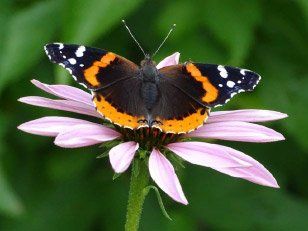Armchair Gardening
Garden Science
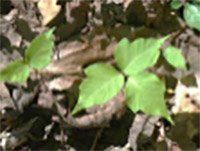
06 Apr, 2019
Have you ever come in from a glorious day of working in your garden and wondered where that injury, bump, bruise, or painful, itchy spot came from? It happens to some of us all the time and we can usually figure out how we picked up the battle scar. We are going to visit some injuries that come from less obvious sources than whacking yourself on the shin with your own shovel – those caused by toxins in the garden - some toxic to your plants and some toxic to you. First let’s cover some vocabulary. There are a few word roots that will come into play here. Phyto – having to do with plants Photo – having to do with light Toxic – a poisonous effect Toxin – a poisonous substance So … when used in combination, these words cover a variety of situations. Phyto + toxic: toxic to plants Phyto + toxin: a poison that comes from plants Photo + toxic: becomes poisonous when exposed to light Photo + toxin: a substance that can cause an adverse reaction in the presence of light. Most gardeners already know that there are some substances that you just don’t want to be putting on your plants. An example of a phytotoxic reaction would be applying an herbicide to weeds and then the weeds dying. A phototoxic reaction in plants can involve certain minerals that, although beneficial to plants when found within the dark soil in the appropriate trace amounts, can become toxic when exposed to sunlight on the plant’s surface. For instance, many plants including stone fruits, roses and cucurbits are extremely sensitive to preparations containing copper, sulphur or zinc. When applied and then left to toast under the hot sun the plant can suffer leaf burn and leaf drop often enough to kill the plant. There are foliar sprays that contain these minerals, alone or in combination, that are marketed for specific purposes but they are not one-size-fits all preparations. We are not going to cover the specifics of these products here but we will leave the reader with the caution to always read the fine print. What about threats to the gardener? We are not going to talk extensively about poison ivy, a plant that exudes a phytotoxin that few people can tolerate. We already know, “Leaves of three; let it be.”
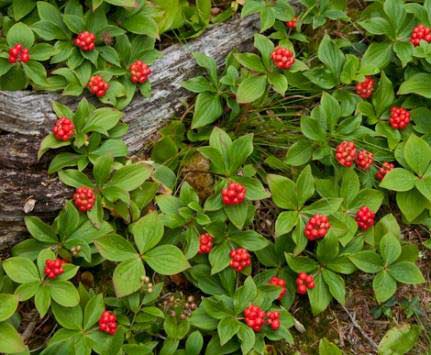
03 Feb, 2018
For many people botanical names are intimidating, pretentious and difficult to pronounce. Common names on the other hand are familiar words, passed down from generation to generation and much easier to say. Especially among home gardeners the question is asked “Why do I have to know the botanical name?” In some situations the answer is “You don’t!” So, what’s in a name ? Why should we pay attention to the botanical name? Two reasons: Information! Information! Information! A plant’s botanical name gives you specific information. Typically the colour, shape, surface texture or pattern, fragrance, bloom time, habitat or country of origin is revealed. The botanical name may also include the name of the person who discovered the plant or cultivated it. Or it might be commemorative. World-Wide Recognition! The botanical name is universal to all countries and languages. People travel. Plants relocate. Professional and amateur gardeners exchange information. The botanical name is precise and constant¹. There is no confusion as each plant has a specific name. There is no ‘lost in translation’. Still not convinced? In 2017 the Master Gardeners of Ontario (MGOI) led a movement to officially designate one plant as Canada’s National Flower. They came up with a short list of plants that are found across Canada and through an on-line ballot asked Canadians to vote. The winner was --- the Bunchberry! Do you know what a Bunchberry looks like? Below are some images found from a Google image search using the word ‘Bunchberry’. Which is the Bunchberry that won the vote?

06 Jan, 2018
In 1964 Dorothy Retallack published a book about how plants respond to music called “The Sound of Music and Plants”. She asserted that plants grow better when exposed to Mozart than when they are blasted with rock music. Her book was very popular and was instrumental in encouraging the idea that we should all be singing to our plants. Although her findings were eventually disproved, her ideas were part of a long standing scientific enquiry. Are plants sentient? What do they feel? What do they know? Are plants conscious?
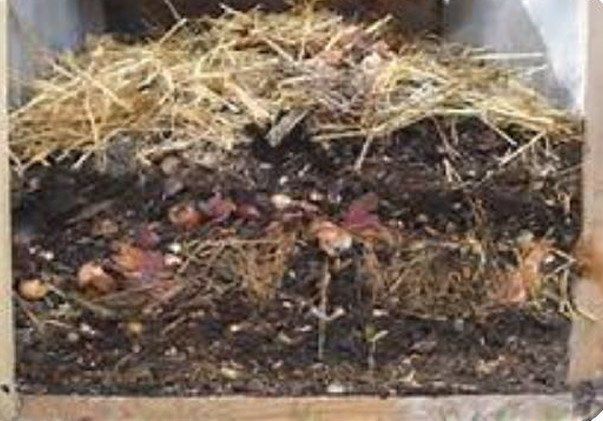
08 Apr, 2017
While it would be nice to be able to make our own oil and save on fuel costs, the black gold in this case is compost. Compost is a valuable soil amendment, improving the structure of both sandy soil and clay, and providing a neutralizing effect on acidic or alkaline soils. Compost is also a source of the nutrients that your plants need to thrive. If all that wasn’t enough, you have the satisfaction of helping the environment, by using the vegetative waste from your kitchen and garden.
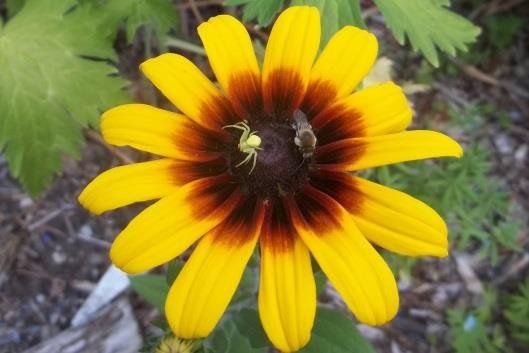
04 Mar, 2017
Do you remember the line from the old “Raid” commercial “The only good bug is a dead bug”? Happily, the practice of controlling insects in the garden by killing them all with chemical pesticides is no longer acceptable. We are looking to more natural methods of dealing with pests and diseases, and “good bugs” are important allies in the struggle. Good bugs are not just dead ones. In fact, 90% of bugs are beneficial in the garden. They are natural predators who eat or deter the bad bugs. And, as a bonus, some of these good bugs are also pollinators! How do you attract these good bugs to your garden? Thankfully, the answer doesn’t involve a huge outlay of money or time. Beneficial bugs will find your garden if you provide food, water and shelter. Plant a variety of native and non-native plants, and include nectar producing and pollinator-friendly plants. Incorporate a bird bath or water feature, and use natural materials such as rocks and dead branches. By leaving your garden a bit messy, using compost and natural mulch, and avoiding chemical pesticides, you will make your space a welcoming spot, and beneficial bugs will move in and get right to work, above and below the ground. The body content of your post goes here. To edit this text, click on it and delete this default text and start typing your own or paste your own from a different source.


